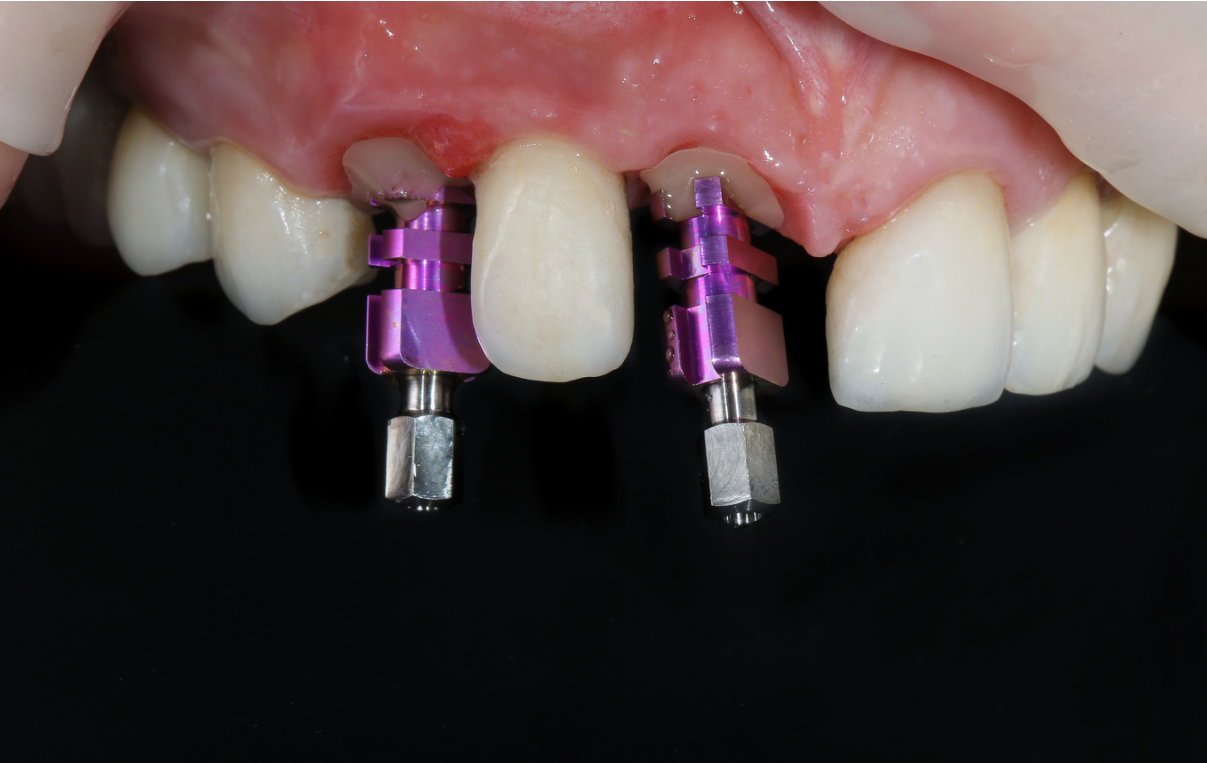Contact Info
-
26 A Bannick Ct, Canning Vale WA - Perth 6155
- info@denttechdental.com.au
- 08 9272 8384

In the realm of dental implantology, precision is paramount. Implant Surgical Guides represent a revolutionary leap in ensuring this precision. Customized to fit a patient’s mouth, these guides are invaluable for planning and accurately
placing dental implants, providing predictable outcomes for dental restorations.
These guides contain indicators that define the exact location, angle, and depth for implant placement. This precision is crucial in restoring damaged or missing teeth effectively. The creation of these guides involves intricate steps,
including utilizing cone beam imaging and intraoral cameras to design a guide that perfectly fits over the patient’s teeth and gums.

Surgical guides are digitally produced using CAD/CAM technology. The process involves gathering 3D images via a cone beam scanner and intraoral camera data about the intraoral surface. Combined with implant position data, these
images are used to generate a 3D model. This model is then 3D printed using resin in a dental lab, ensuring a precise fit in the patient’s mouth before starting the implant treatment.

Adopting implant surgical guides in your practice represents a commitment to advanced dental care. These guides not only enhance the precision and efficacy of implant treatments but also underscore your dedication to incorporating
cutting-edge technology in patient care. The benefits extend from improved clinical outcomes to heightened patient trust and satisfaction.
Implant Surgical Guides are more than just tools; they are a testament to the advancements in dental technology. By integrating these guides into your practice, you ensure that your patients receive the most precise, safe, and effective
implant treatments available. Embrace the future of dental implantology with Implant Surgical Guides and set your practice apart as a leader in innovative dental solutions in Australia.

